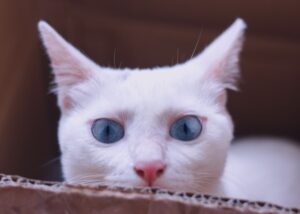What Can You Learn From Cats to Be Happy and More Efficient?
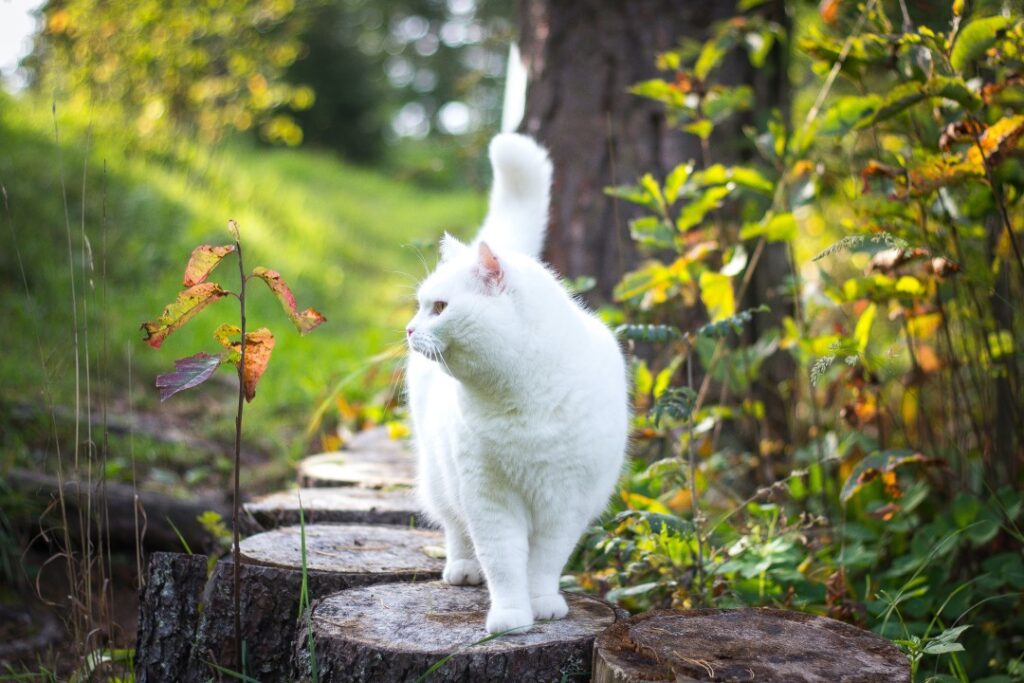
Unlike the traditional style of working like dogs who are loyal to the organization, members of an organization who display cat-like traits or belong to the “Cat Profile”, are often true to themselves and have the freedom to do what they like while still being part of the organization.
Learning from the characteristics of cats is becoming popular among companies because cats exhibit certain traits that can be valuable for professionals to emulate in the workplace. That’s why successful professionals now say that being a “cat” in the organization is a great way to climb higher on the professional ladder.
For example, cats are known for being independent, adaptable, resilient, confident, and skilled problem solvers. These traits can help professionals be more effective in their roles, improve their relationships with colleagues, and become more successful in their careers. Additionally, incorporating lessons from cat behavior can help create a positive and productive work environment.
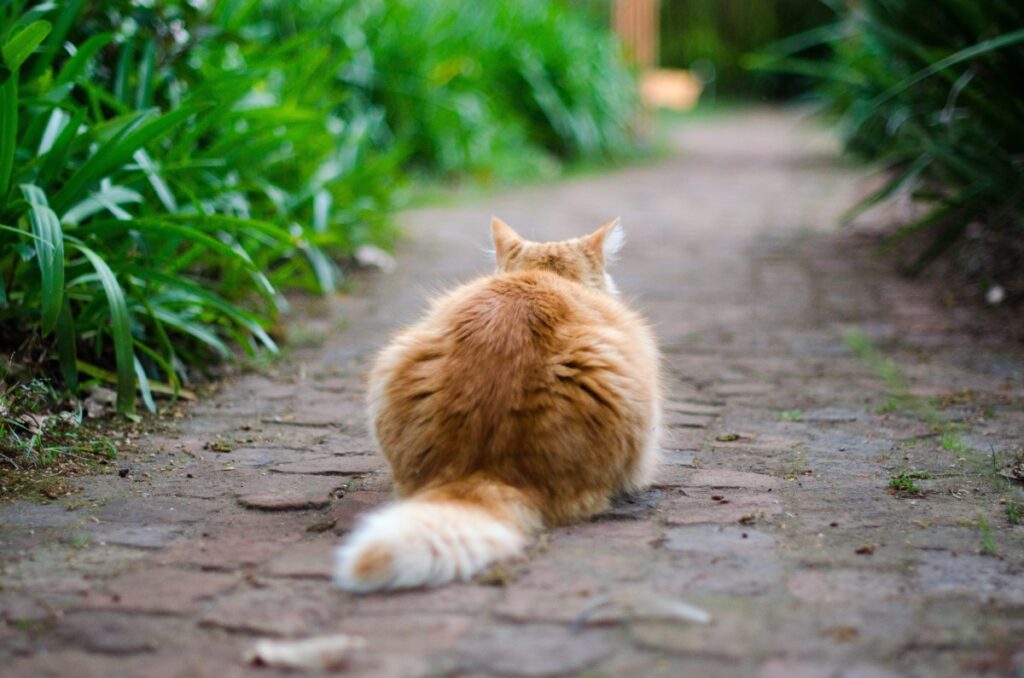
Coming back to the freedom cats enjoy, according to neuroscientist, Mizuto Aoto, the word “Freedom” in Japanese is a combination of the characters “self” and “reason”. In other words, freedom means thinking and reasoning for ourselves and acting based on that reasoning. It is easy to do whatever task we are given within a role given by someone else but it is difficult to make decisions for ourselves. While freedom sounds wonderful, it is also very demanding in terms of brain energy expenditure.

This means that organization cats must understand that freedom of the brain isn’t always a good thing and they must continue with some sort of routine activities to use their brains to their best capabilities.
But why? For this, let’s first understand a simple explanation of how the human brains tend to understand our routines and our hobbies.
Understanding the human brain
The brain uses a lot of energy despite its small size, which is why it tends to make things easier for itself to conserve energy.
Things that we are used to doing are easy for the brain to do. Repeating the same actions makes the brain’s neurons grow bigger and eventually, something that may have seemed difficult initially becomes easy to process even with limited input. This is known as “neuroplasticity”, or the ability of the brain to adapt. The brain also uses memories (past experiences) to guide future behaviors for the sake of improving energy efficiency which means utilizing the brain’s resources for other things.

While some people just end up wasting excess energy, others can utilize energy savings to learn or discover new things, which is where the “Cat-like” behavior is rewarded as the more you repeat “the same behavioral patterns”, the more likely it is for your brain to become stubborn and reject change.
How to feel more motivated?
Aoto says that one of the important elements for improving the brain’s performance is “Motivation”. But instead of “boosting our own motivation”, it is more important to “condition our brain to boost motivation.” Our brain creates dopamine that impacts motivation.
There are 2 methods to boost motivation- top-down and bottom-up. The top-down method is the typical one, which involves setting goals and objectives to boost motivation. The Bottom-Up Method of motivation is when we are enjoying doing something. When we are enjoying something, we don’t think about its objective because we’re having fun.
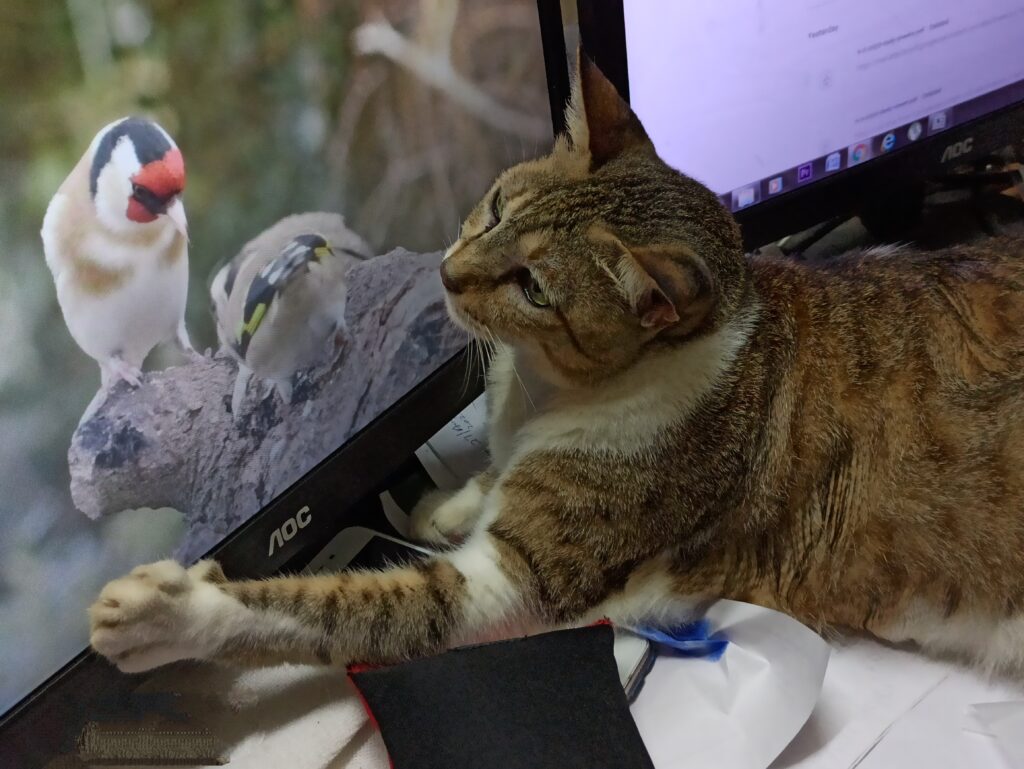
Our brains are wired to respond to our instinctive curiosity, which makes us want to “learn” and “try new things”, and use it as “reason” for motivation. This is why focusing on the bottom-up method of maintaining curiosity improves learning efficiency and productivity, which is also important for boosting performance.
We can do this by keeping our brains active through objective-driven activities like studying or working and also keeping up with our hobbies and interests. For organizational cats, it is important to focus on both aspects to improve their efficiencies.
Embracing the Cat Life- Are you a House Cat or a Stray Cat?
The CEO of Community Accelerator of Potage, Mr. Azusa Kawahara, categorizes cats into two types: house cats and stray cats. House cats can exist in an organization while at the same time showing their raison d’être inside and outside the organization. Stray cats leave an organization and strike out on their own to pursue their passions.
Conversely, there are people you would never meet if you weren’t an office worker. Using your company’s name to form relationships with key people may be something that only house cats can do.
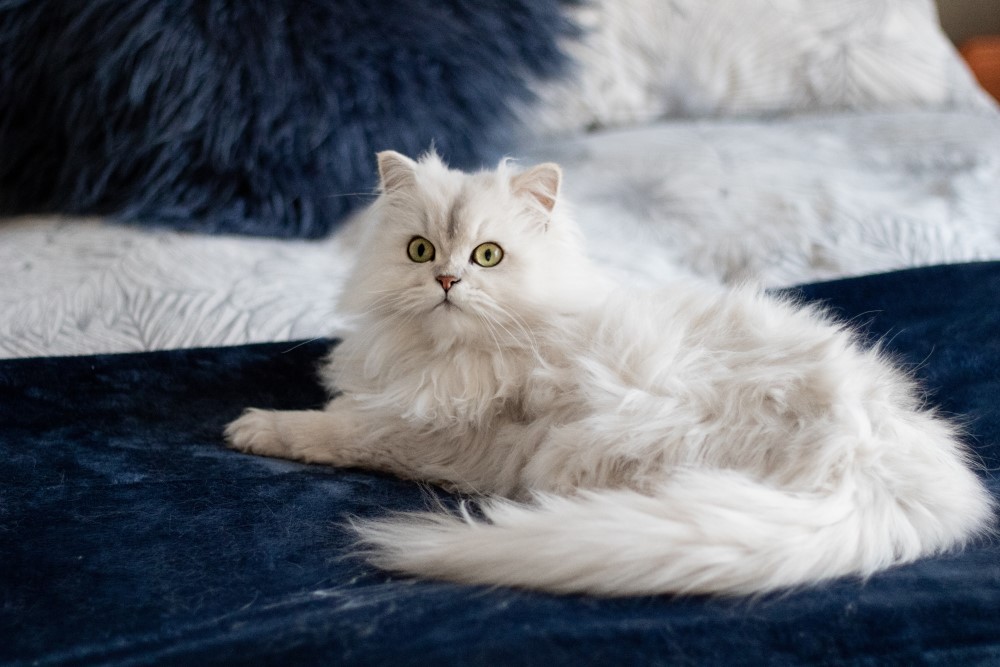
By contrast, stray cats can more easily form small businesses and tend to do so using only their relationships with those around them. Stray cats may be more limited in their personal relationships.
If a house cat is not self-aware that they are alive thanks to various people and things, they run the risk of making enemies. The characteristic of being loyal to yourself and not going against your principles can cause strain in an organization.
On the other hand, that’s not a problem for stray cats. In an organization, you might be chastised for paying lip service, but a stray cat can continue doing so with impunity. Because they take responsibility and stand in front of the firing squad.
Being a house cat, you can have experiences that you wouldn’t be able to have on your own, and you can meet people thanks to your company’s name. I guess it’s like being fed good cat food. Because of those experiences, you try to repay those favors. Consequently, you become someone who gets results.
What Five Things Can We Learn From ‘Real’ Cats?
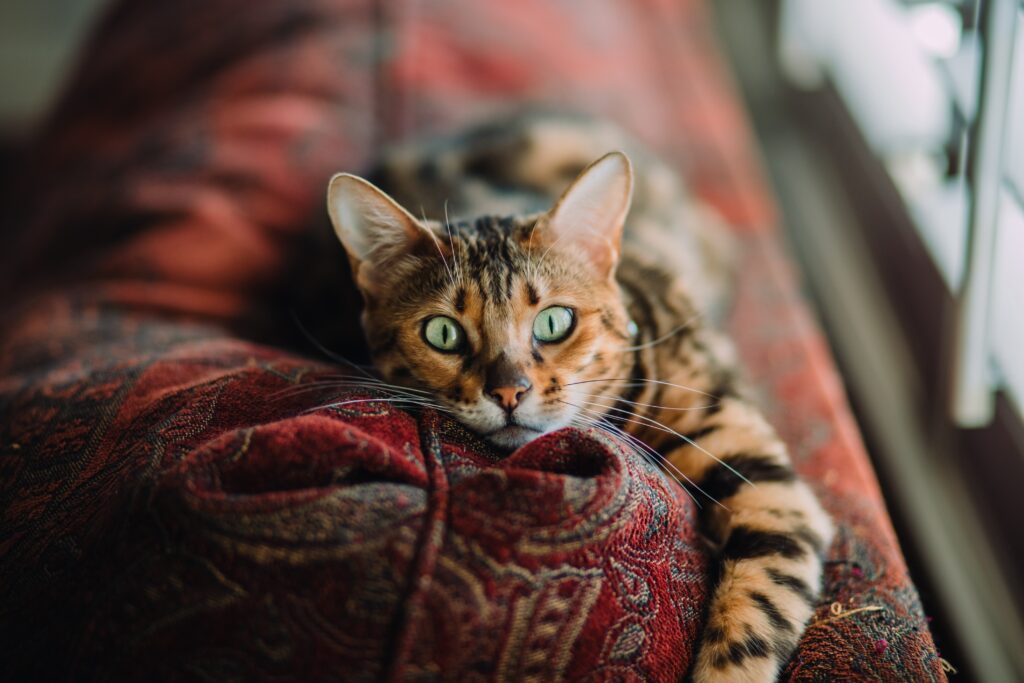
Cat Researcher and Psychologist, Ms. Takagi lists down these key traits of cats that can significantly help humans to lead a better life and perform more efficiently.
- Make More Logical Decisions
Most people think that cats are lazy as they mostly sleep. But they are also very good hunters. If there is food they can get without any effort, they will choose that, which is a logical choice in terms of working styles and is very productive indeed. Since they use a lot of their energy to hunt their prey, they are usually very good at hunting and are mostly sleeping when they’re not hunting. However, even the sound of an insect will wake them up when they are sleeping and get them into hunting mode. They are very good at switching gears. Just like a cat, even humans can make more logical decisions once they learn how to switch their emotional gears quickly and are still able to focus and perform at their full potential after that switch is flipped.
- Community Thinking
Contrary to what people think, cats are actually more communal and not selfish. A cat simply chases what it wants, just like a who goes after whatever they want and happens to benefit those around them. Such a person might be called “a cat-like business person
The phrase “autonomous workstyle” simply means to do something to one’s satisfaction. When you do that, people will gather around you and a symbiotic relationship will be formed. As a result, you will help others and altruism is born. Cats fit well in this description & are hence the epitome of community thinking
- Managing Uncertainties
Unlike dogs, cats seem to have the ability to enjoy uncertainty because cats always act based on their mood. This is also why the best way to boost the performance of organization cats is to just let them do what they like to do. The world is constantly changing and there will be major shifts in work culture and society in the near future. During this period of uncertainty, humans can learn how to act by taking hints from cats.
- Living Carefree
Humans are social animals and have naturally evolved to be sensitive to emotions to avoid displeasing someone in society. However, being over-sensitive to avoid being left out can cause both mental and physical stress and even disorders. Maybe that’s why humans should learn how to live a more carefree lifestyle like cats.
- Leading a Good Life
Living a good life is when you recognize the best lifestyle for yourself and create the conditions in which you can have that lifestyle. According to experts, it will be possible when careers will shift from company-centered to individual-centered. And that is truly the way of the cat.
Why be like the Cat?
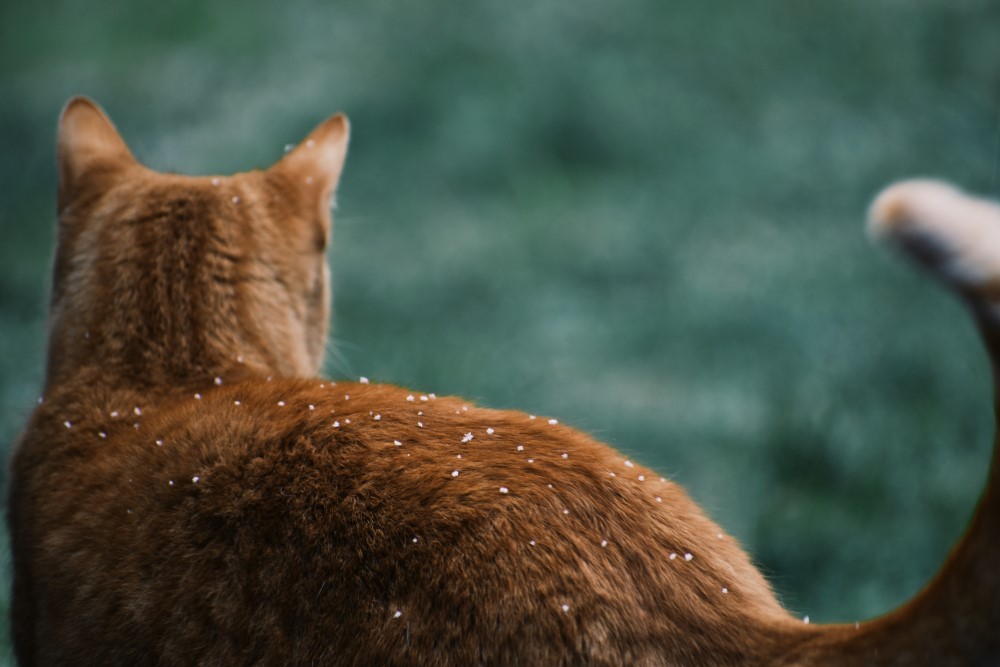
Cats are not selfish; they are simply themselves. Whether you’re a house cat or a stray cat, that feline element allows you to lead a relaxed life.
It’s very important to do what you want to do in life and living a cat life is one way to do that. It might help you relax a bit more. Assuming that a cat cannot live completely alone, becoming a stray cat allows you to raise your viewpoint, widen your perspective, and pursue your own essence.
Cats are the cutest when they have a smug look on their face. For example, when they catch a mouse and look at you innocently. As fellow felines, we should emulate them by feeling invigorated when we achieve our goals.
If everyone in the world could work with that same joy in their eyes, more exciting things would happen!
Production Cooperation: George Kuromiya + Note,Ltd




